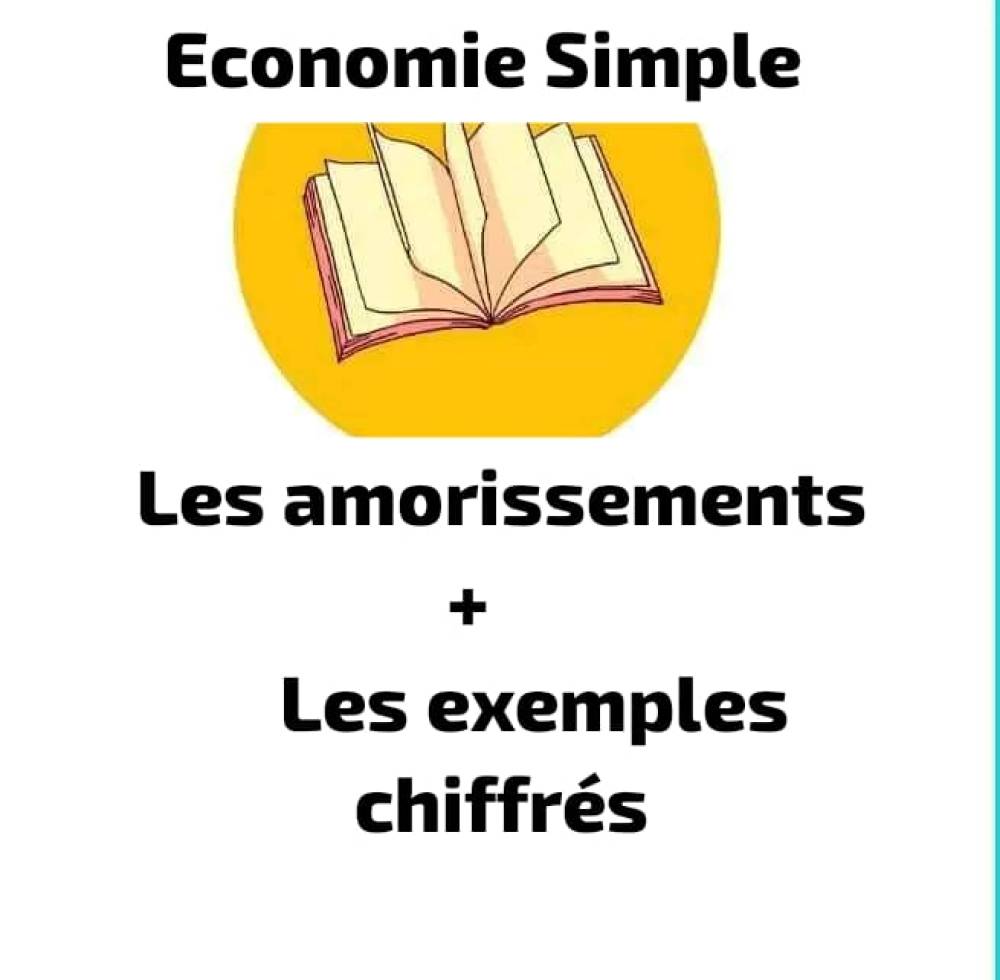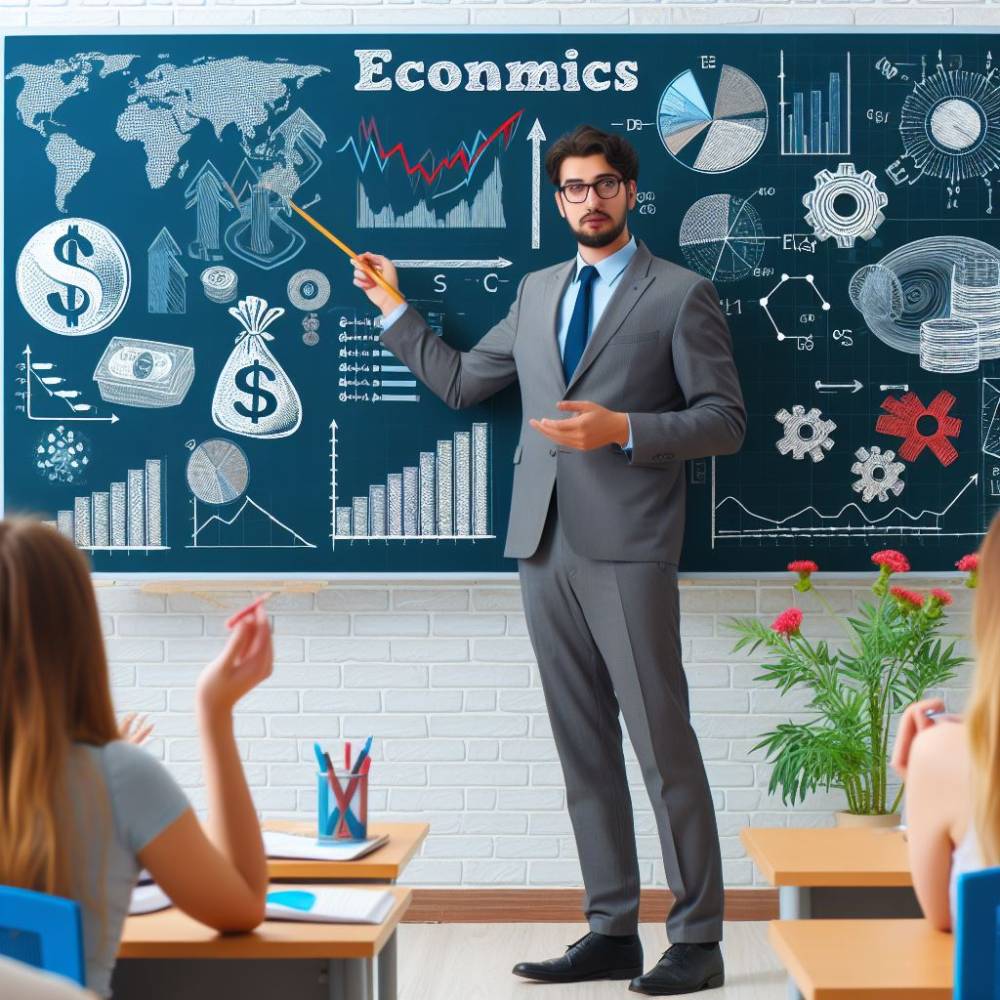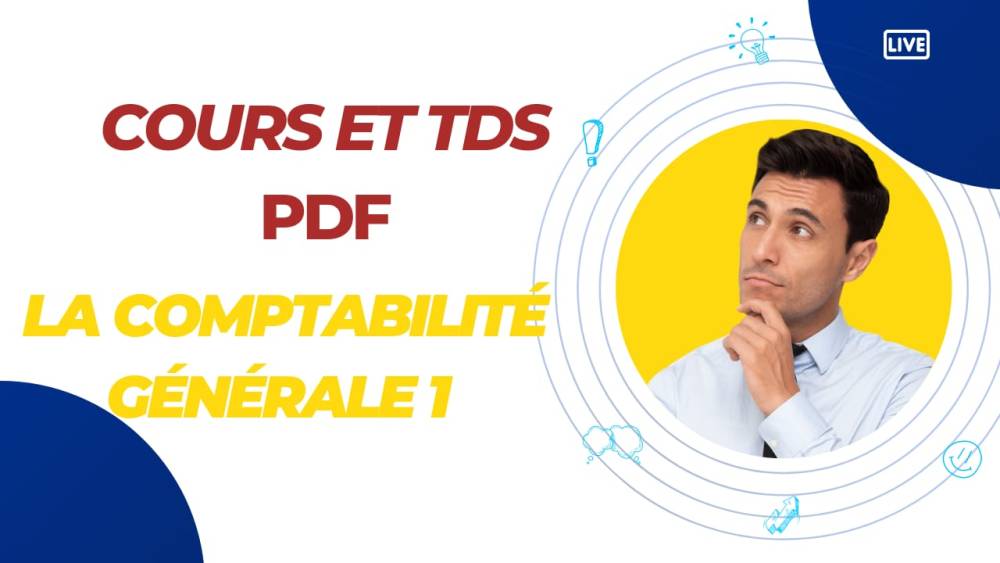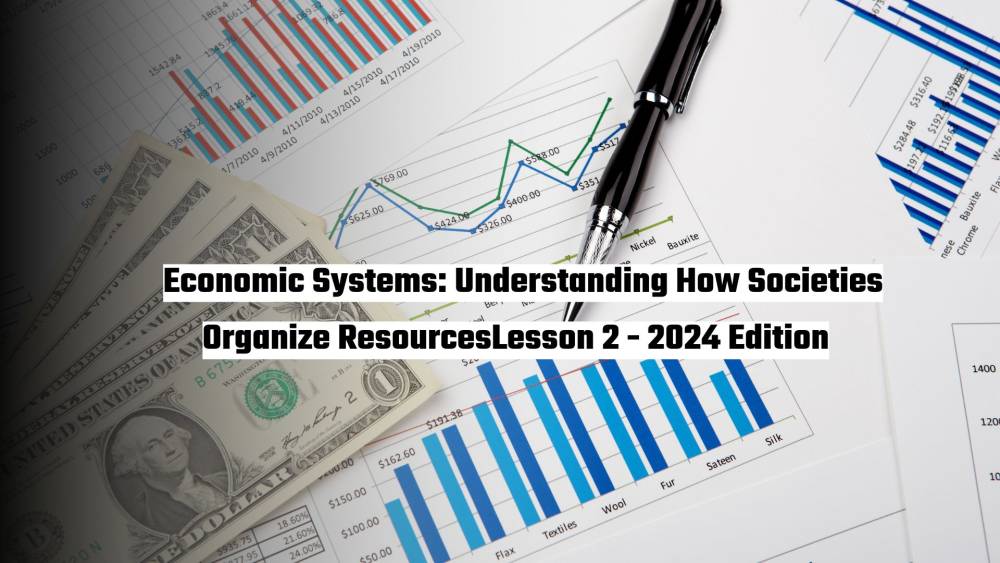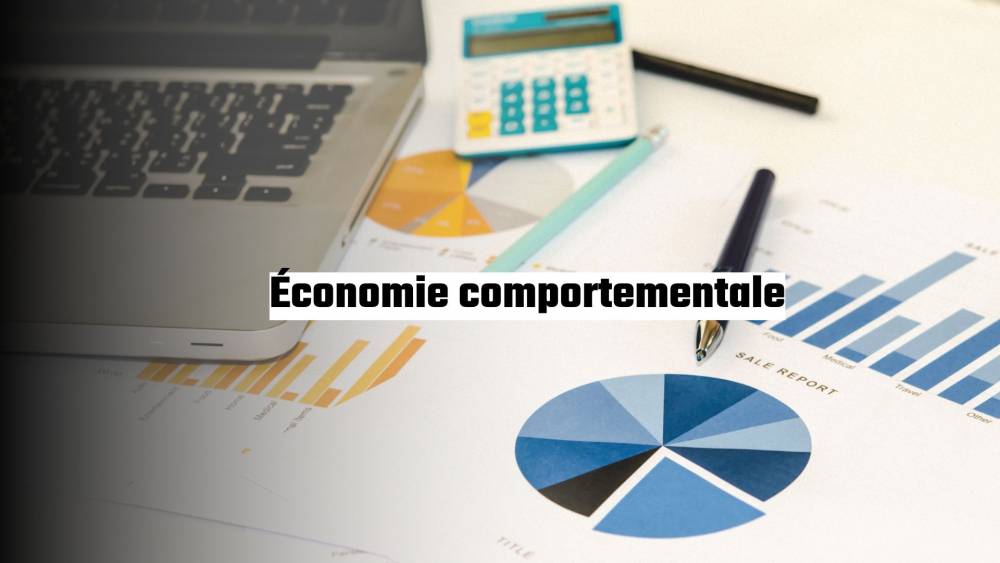Dynamic macroeconomics is the branch of economics focusing on how economies evolve over time and respond to internal and external changes. Unlike static models that offer snapshots of economic conditions, dynamic macroeconomics studies economic variables across multiple time periods, capturing how decisions and policies affect future economic conditions. This approach is critical for understanding long-term economic growth, the impacts of policy decisions, and the evolution of business cycles.
Dynamic models, unlike traditional static models, recognize that economic variables like investment, consumption, and output evolve over time in response to a variety of shocks and policy interventions. Studying this aspect of economics requires specialized mathematical tools, including calculus, differential equations, and optimization techniques. The insights gained from these models are foundational to modern economic policy, especially for institutions like central banks and governmental agencies aiming to stabilize economies and promote sustainable growth.
Foundations of Dynamic Macroeconomic Theory
The foundations of dynamic macroeconomic theory are built on time-based economic analysis, allowing economists to account for intertemporal choices and the sequence of events that shape economies over time. This field has seen extensive development since the 20th century, with roots in classical and Keynesian economics evolving through the incorporation of stochastic elements and agent-based modeling. Understanding these fundamentals is essential to interpreting how policy interventions today might influence future outcomes.
Dynamic macroeconomic models often incorporate behavioral assumptions about consumers, firms, and governments, anticipating that these agents maximize their utility or profits across time. This approach helps to predict behavior in response to changing interest rates, inflation, and market conditions. Key aspects of this theory include the role of expectations, the interplay between microeconomic behavior and macroeconomic outcomes, and the influence of technology and innovation on growth.
The Evolution of Macroeconomic Thought
Dynamic macroeconomic thought has evolved significantly, adapting to changes in both economic understanding and mathematical capabilities. Early approaches, rooted in Keynesian and classical economics, lacked the advanced mathematical rigor needed to fully capture dynamic processes. The introduction of rational expectations in the 1970s marked a significant shift, with economists like Robert Lucas arguing that agents’ expectations of the future influence current economic decisions. This evolution underscored the need for models that integrate forward-looking behavior and real-time reactions to policy changes.
The advent of computational technology further revolutionized dynamic macroeconomics, enabling the creation of complex models that consider thousands of variables and scenarios. From the Real Business Cycle (RBC) models to the development of Dynamic Stochastic General Equilibrium (DSGE) frameworks, these models provide an increasingly nuanced understanding of economic fluctuations and policy effects.
Mathematical Tools in Dynamic Macroeconomics
Advanced dynamic macroeconomics relies heavily on mathematical tools to construct, analyze, and interpret models. Among these, calculus and optimization are essential for understanding changes over time and determining optimal policy decisions. Economists employ differential equations to model the continuous evolution of economic variables, allowing them to simulate the real-world implications of policy changes or external shocks.
Dynamic programming, developed by Richard Bellman, is another critical tool. It allows economists to solve complex problems by breaking them into simpler subproblems, making it invaluable for analyzing intertemporal decision-making. This technique is especially useful in dynamic macroeconomics, where decisions made at one point in time affect outcomes at later stages.
Dynamic Programming and Bellman Equations
Dynamic programming simplifies complex decision-making processes by reducing them into a series of decisions over time. In macroeconomic models, this involves determining the optimal policy path that maximizes welfare or minimizes costs. The Bellman equation is central to dynamic programming, expressing the principle of optimality by establishing the relationship between current and future value functions.
For example, in consumption-saving models, dynamic programming helps to determine how households allocate income between current consumption and savings for the future. The Bellman equation provides a recursive method to identify the value of each possible choice at every stage, creating a pathway to optimal decisions.
Optimal Control Theory in Economics
Optimal control theory, rooted in the Hamiltonian approach, provides a framework for finding the best trajectories of economic variables over time. This theory is particularly relevant in macroeconomics for applications in policy optimization, where policymakers aim to control inflation, manage interest rates, or stabilize employment. The Hamiltonian framework in optimal control theory allows economists to factor in constraints and preferences while optimizing for multiple economic targets.
Dynamic Stochastic General Equilibrium (DSGE) Models
Dynamic Stochastic General Equilibrium (DSGE) models represent the core of modern dynamic macroeconomics. DSGE models incorporate individual agents who optimize their utility or profit under constraints, such as firms maximizing profits and households maximizing utility. By introducing stochastic processes, these models capture the random shocks that affect economies, such as changes in technology, policy adjustments, or external events.
DSGE models have been pivotal in policy analysis, helping economists and policymakers simulate the effects of interest rate changes, tax policies, and government spending on the economy. However, they are not without criticism; some argue that their assumptions about agent behavior, market structure, and equilibrium can be overly restrictive.
Key Components of DSGE Models
The main components of DSGE models include agents (households, firms, and government), preferences and constraints (such as budget constraints for households and profit maximization for firms), technology (capturing productivity levels and their impact on output), and shocks (representing unforeseen changes in economic conditions). Each component is integrated to simulate an economy in equilibrium, allowing analysis of how changes in one sector impact others over time.
Real Business Cycle (RBC) Models
Real Business Cycle (RBC) models focus on real (non-monetary) shocks, such as productivity changes, as primary drivers of economic fluctuations. RBC theory argues that fluctuations in productivity, rather than shifts in demand or monetary shocks, drive economic cycles. By linking economic cycles to real-world productivity changes, RBC models offer a framework for understanding economic cycles through a more tangible lens.
New Keynesian Models and Rigidities
New Keynesian models add features like price and wage rigidities to the RBC framework, aligning it more closely with observed economic phenomena. These rigidities introduce frictions in the economy, affecting how quickly markets adjust to shocks and leading to short-term deviations from equilibrium. Such models provide a more realistic view of macroeconomic dynamics by capturing elements like sticky prices, which can cause prolonged periods of recession or inflation.
Conclusion
Dynamic macroeconomics provides an essential framework for understanding how economies evolve, react to shocks, and respond to policy changes. By utilizing tools like DSGE models, dynamic programming, and optimal control theory, economists can simulate future scenarios and explore the implications of various policy choices. Despite some challenges and limitations, dynamic macroeconomics remains at the heart of modern economic analysis, offering insights that shape economic policy and help stabilize economies in the face of uncertainty.
FAQs
-
What is Dynamic Macroeconomics? Dynamic macroeconomics studies economic variables over time, focusing on how economies evolve and react to policy changes.
-
How do DSGE models contribute to economic policy? DSGE models allow policymakers to simulate the impact of different policies, helping to predict economic responses and optimize policy decisions.
-
What role does dynamic programming play in macroeconomics? Dynamic programming simplifies complex decision-making over time, helping economists solve intertemporal optimization problems.
-
Why are New Keynesian models important in dynamic macroeconomics? New Keynesian models introduce real-world elements like price rigidity, providing a more realistic depiction of economic cycles.
-
What are Real Business Cycle (RBC) models? RBC models explain economic fluctuations through productivity changes rather than demand shocks, focusing on real factors affecting the economy.
-
What are some criticisms of dynamic macroeconomic models? Some critiques focus on their complexity, restrictive assumptions, and the challenges of applying them accurately to real-world economies.

